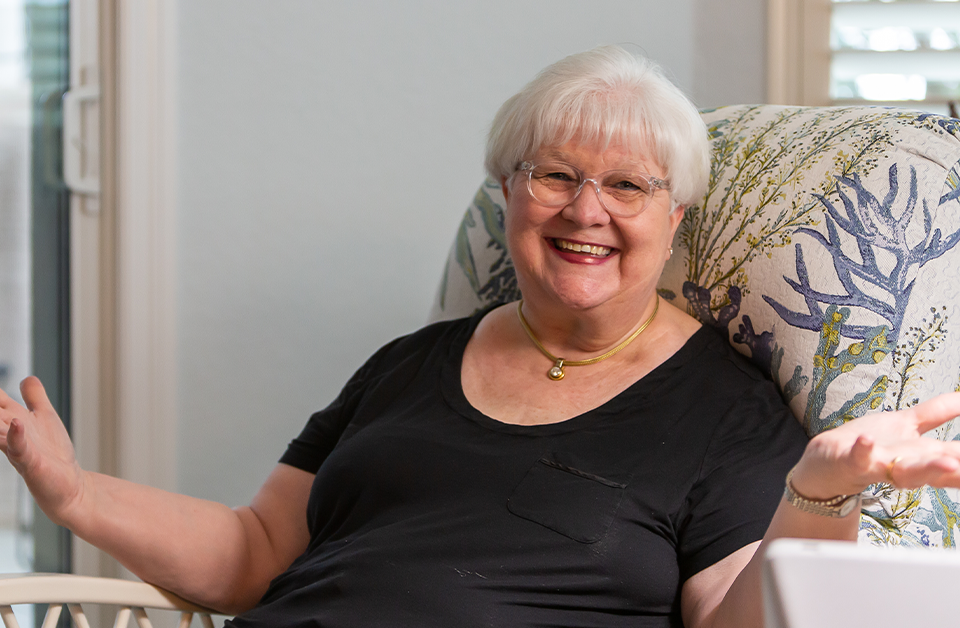Pain is a subjective sensation. A level of pain that one person considers tolerable may be deemed excruciating or even disabling by another. It’s no wonder that treating pain, especially chronic pain, has proved to be so challenging.
Though everyday scrapes, bumps and bruises can usually be addressed rather effectively with over-the-counter or home remedies, a safe, effective answer remains elusive for the kind of aggravating pain that slows someone for weeks, months or years.
The proof is in the numbers.
According to a study conducted a few years ago by the National Institutes of Health, approximately 50 million Americans suffer from what medical professionals describe as chronic or severe pain.
That’s more than twice the number diagnosed with diabetes, more than three times the number treated for cancer and nearly twice the number known to have heart disease, the NIH states.
Figures such as those are why chronic pain has been labeled an epidemic and why practices such as Centurion Spine & Pain Centers remain committed to finding better ways of safe and effective treatment.
Centurion Spine & Pain Centers and its parent practice, Jax Spine & Pain Centers, are specifically committed to combating the use and overuse of opioids. As part of that venture, it offers a leading-edge treatment for pain most practices don’t.
That treatment is called DRG stimulation. It is an advanced form of spinal cord stimulation, which is a decades-old remedy for chronic pain where electrical impulses keep pain messages from traveling to the brain. By interrupting these messages, the stimulus for pain is not detected, so less pain is felt by the individual.
DRG stimulation is a byproduct of the older therapy that allows for the treatment of pain in a defined region below the waist, such as knees, feet, toes and hips.
“DRG stimulation has been around only for four or five years, but it’s become more mainstream in the past couple of years as more practitioners have become aware of it and have been trained on it,” says Claudio Vincenty, MD, of Jax Spine and Pain Centers. “The advantage is that we can target and treat one specific area of the body with it.
“For example, we had a patient who had an amputation and was experiencing phantom limb pain at the point where his leg was amputated. With the old stimulation system, we would have had to provide stimulation in the middle of the spinal column that would have impacted the entire leg. With DRG stimulation, we can target only the nerves that go to the painful part of the leg.”
DRG stimulation does this by affecting the dorsal root ganglion (DRG), cell bodies of sensory neurons that control pain signals. DRGs are located at the side of the spine where the spinal nerve root exits to become a peripheral nerve.
This ability to treat specific areas of the body where pain is experienced is something researchers have sought for decades. The discovery is being celebrated throughout the medical community.
“DRG stimulation is, in essence, the Holy Grail of spinal cord stimulation,” states Justin D. Mann, MD, another member of the team at Jax Spine and Pain Centers. “It’s something that’s been in the works since spinal cord stimulation was first used way back in the 1970s. Prior to discovering DRG stimulation, the areas of the body that we could effectively treat through stimulation were very broad. This is a much more targeted therapy that allows us to provide substantial pain relief that gets people feeling better and back to living their life.
“Think of it this way: If you can put a hand on the area that hurts, and your pain is limited to that area, then DRG stimulation is going to be very effective in treating that pain. That’s how targeted it is.”
Addressing Nerve Damage
DRG also is used to treat causalgia, which is chronic pain that develops following an injury or an event such as a stroke or heart attack. Often referred to clinically as complex regional pain syndrome, or CRPS, causalgia is characterized by abnormal inflammation or nerve dysfunction and pain greater than that suffered with the injury that caused it.
For example, someone might experience a severe knee injury that requires surgery or undergo surgery for a hernia. However, pain in the region may persist for weeks or even months afterward, often because nerves can be damaged during surgery.
Studies show that between 10 percent and 40 percent of patients undergoing surgery endure some sort of postsurgical neuropathic pain. That is especially true with amputations and paralysis.
Doctors have also found that people with severe diabetes as well as women who give birth through cesarean section can endure nerve pain for months or years.
This pain is sometimes a result of scar tissue that can compress a nerve in a way that limits the nerve’s ability to receive natural elements that allow it to remain healthy.
In addition to pain, damaged nerves can cause numbness, tingling, burning, muscle weakness and atrophy. When those symptoms last longer than a few months, they are considered permanent and in need of treatment.
First Things First
As is done with spinal cord stimulation, DRG stimulation starts with a three- to seven-day trial that begins with the doctor threading two tiny leads, or electrodes, into the epidural space of the spine and onto the dorsal root ganglion.
The spinal column contains several ganglia, each of which is associated with an area of the body. Physicians know which DRG to stimulate based on the location of the pain.
“These areas are pretty well mapped out, although there can be some variation from person to person,” says Michael Hanes, MD, of Jax Spine & Pain Centers. “That’s why we have the patient go through a trial of the system first, without incisions, and use needles to place the leads.”
The other end of the electrodes are connected to an external battery-powered device that creates electrical impulses that block the pain signal to the brain. The pain can be replaced with either a gentle tingling or no sensation at all.
If patients experience a significant pain reduction, they are approved for a permanent device, which is implanted at an outpatient surgery center. Most patients report a decrease in pain of at least 50 percent.
“This is a very effective treatment that we are thrilled to provide,” Dr. Mann says.














